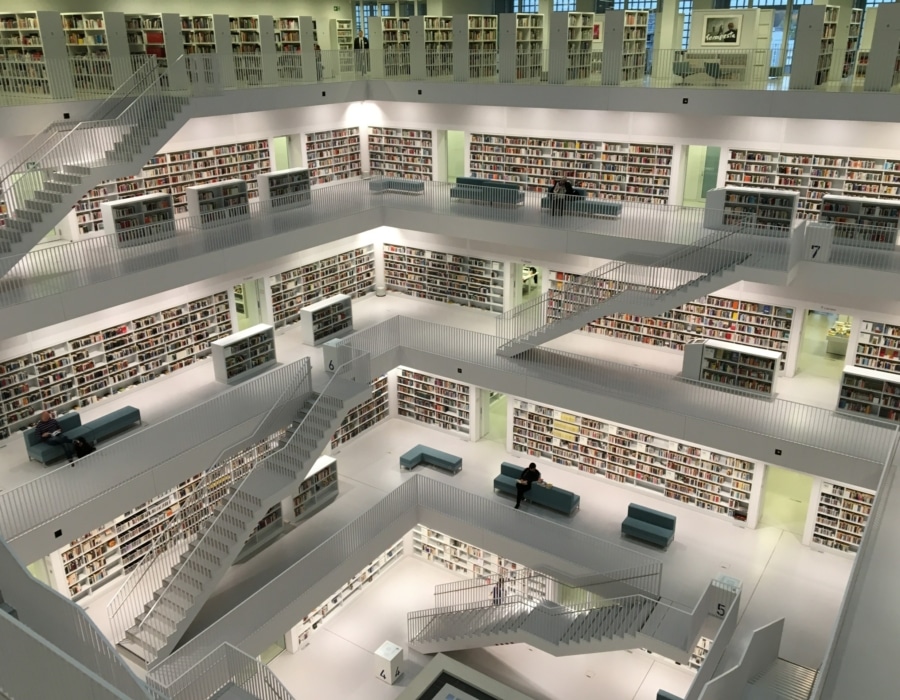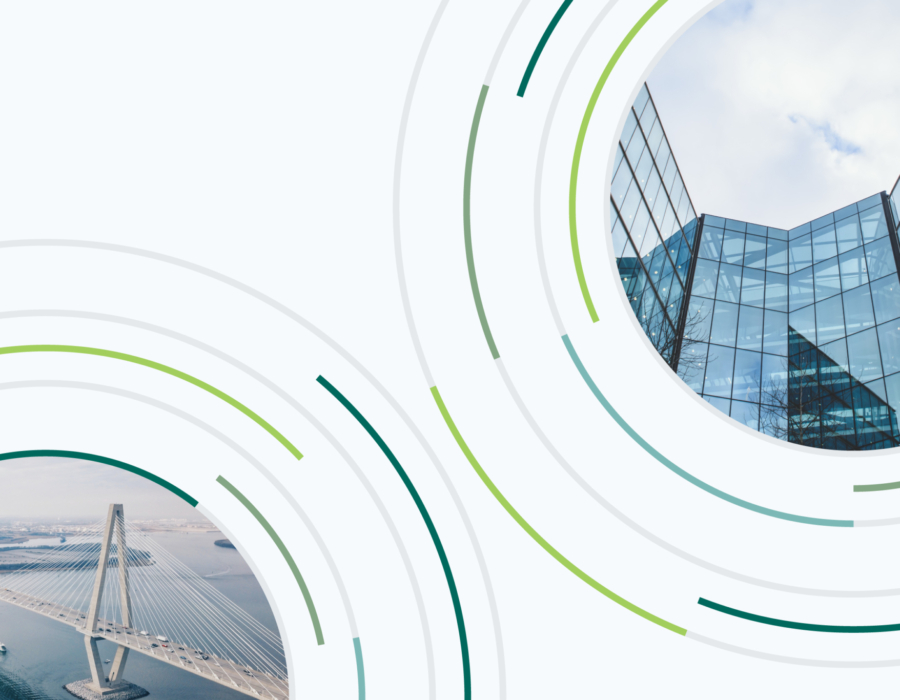
4 Ways to Increase Resilience in the Built Environment: Responding to the Threat
The growing severity of climate-related risks and, as 2020 has shown us, the risk of global social, health and financial events we cannot anticipate means we will increasingly need to anticipate, respond, and adapt to a range of risks. To increase the resilience of our built environment, we will need to combine all available approaches: resistance, reliability, redundancy, response and recovery. Together they can help our buildings and infrastructure survive and thrive.
Read more
Net zero cooperation
“The only thing that will redeem mankind is cooperation.” Bertrand Russell. In the battle against the climate crisis, the term ‘net zero carbon’ (NZC) is ubiquitous. Following many years of increasing carbon policy, voluntary action and international cooperation – as well as public interest spurred on by high profile activism – everyone talking about NZC […]
Read more
TCFDs and Resilience
100 Resilient Cities defines urban resilience as ‘the capacity of individuals, communities, institutions, businesses, and systems within a city to survive, adapt, and grow no matter what kinds of chronic stresses and acute shocks they experience’. While this definition is set in the urban context, it is also applicable to suburban and rural areas. It is worth highlighting here that the key of resilience is not only to survive and adapt, but also to grow, regardless of the challenges experienced.
Read more
Long-term target setting and the value of realism
Modern society is managed and influenced by targets. Setting targets, it seems, is an innate human characteristic, a product of our curiosity and sense of adventure perhaps and certainly a tool for driving progress.
Read more
Air Pollution and Indoor Air: is this ‘invisible’ danger becoming more visible?
Research continues to find links between air pollution and health effects; a recent study has associated short-term exposure to PM with increased symptoms of psychiatric disorders, such as anxiety, in children.
Read more
Diversity will enable climate innovation and resilience
There are strong cases for organizational Equality, Diversity and Inclusivity (EDI) and action on climate change. Diverse and inclusive cultures bring about ideas, effective problem solving and, ultimately, greater chances of success.
Read more
Energy Security through Sustainable Supply Chains
Energy security is the availability, accessibility, affordability, and acceptability of a sustainable energy supply. This is a key sustainability issue as demonstrated through the Sustainable Development Goal 7 to “ensure access to affordable, reliable, sustainable and modern energy for all”.
Read more
The circular economy – Under construction
Linear economies consume large quantities of virgin resources to make products, only to permanently dispose of them at the end of their use. This represents a colossal loss of value in terms of the resources that the products contain and the extraction, energy and processes invested in them.
Read more
Water consumption: Why we should measure every drop
Clean freshwater is a vitally important natural resource that is essential for life. Although water covers approximately three-quarters of the Earth’s surface, only 2.5% of the global water stock is freshwater, and over two-thirds of this freshwater is locked up in the form of ice and snow in the Arctic, Antarctic and mountainous regions.
Read more
Future Proofing our Built Environment
There are five global mega trends shaping the way that we are currently living, how we respond to them now determines how we are going to live into the future. These mega trends are affecting all aspects of our lives, from the food we eat to the technology running our cities, each carrying with them their own risks and opportunities.
Read more
Simple factors to consider when collecting ESG performance data
The success of our decision-making in life can be impacted by the quality of data which is used to inform this decision. High-quality data gives us the confidence to make decisions efficiently and effectively. This could be something as simple as deciding what time you need to wake up in order to make your 9 am meeting. We use data as the basis for making this decision. For example, how long it takes for me to walk to the train station, and how likely it is that my train will be delayed or canceled?
Read more
What role does the infrastructure sector have in delivering sustainability/ESG impact?
The phrase sustainable development is used in so many contexts that it can become incredibly confusing at times. Two of the latest phrases to be used a lot are ‘sustainable living’ and ‘sustainable cities’. So, what do these actually mean? One of the original definitions of sustainable development, the Brundtland definition[1] talks about ‘meeting the […]
Read more
The Business Case for ESG – Moving from ‘Why?’ to ‘Why Not?’
The United Nations Secretary-General calls climate change “the most systemic threat to humankind” (New York Times, 2018). The World Economic Forums’ 2018 Global Risks Report (World Economic Forum, 2019), published ahead of the 2019 Davos summit, cites 3 of the top 5 risks both in terms of impact and likelihood as being environmental in nature. Reinsurance broker […]
Read more
Performance Targets (“Metrics as measures”)
Three years ago, a major target was set on a global scale. During the Paris climate conference (COP21) in December 2015, 195 countries adopted the first-ever universal, legally-binding climate deal. The overarching agreement set out a global action plan to put the world on track to avoid dangerous climate change by limiting global warming to […]
Read more
Material considerations for reducing building related carbon footprint
Buildings account for almost 40% of carbon emissions generated globally, making them one of the most significant contributors to our carbon footprint [1].
Read more
Human Nature: the Health and Well-being benefits of nature in the built environment
Despite buildings and cities seeming to represent human disconnection or escape from the wild, nature has always had a place in the built environment. Parks have long been central to urban planning, the design of buildings and structures often incorporates nature or nature-like forms and patterns, and house plants have been utilized to improve the […]
Read more
Sustainable Cities
With the ever-rising demand to build more homes and create more communities, are we in danger of creating socially dysfunctional environments? Health and social aspects of sustainability have now the same weight as the environmental aspects when it comes to building new cities and communities. On the other hand, recent years have seen a rise […]
Read more
Resilience in Infrastructure
Resilience was the theme of the recent GRESB – Siemens Sustainable Assets Conference at the Crystal in London. It was an opportunity to hear a range of speakers on many aspects of resilience, what it is and why it is important and to understand the opportunities and risks it has for investors and operators. There […]
Read more
BRE and GRESB introduce new efficiencies for reporting green building certifications
Seamlessly add your BREEAM asset certification to the GRESB Asset-level Portal BRE and GRESB have teamed up to introduce new efficiencies for reporting Green Building Certifications to the GRESB Real Estate Assessment. The collaboration sees the integration of the BREEAM Application Programming Interface (API) within the GRESB Portal. The API link enables you to locate, […]
Read more